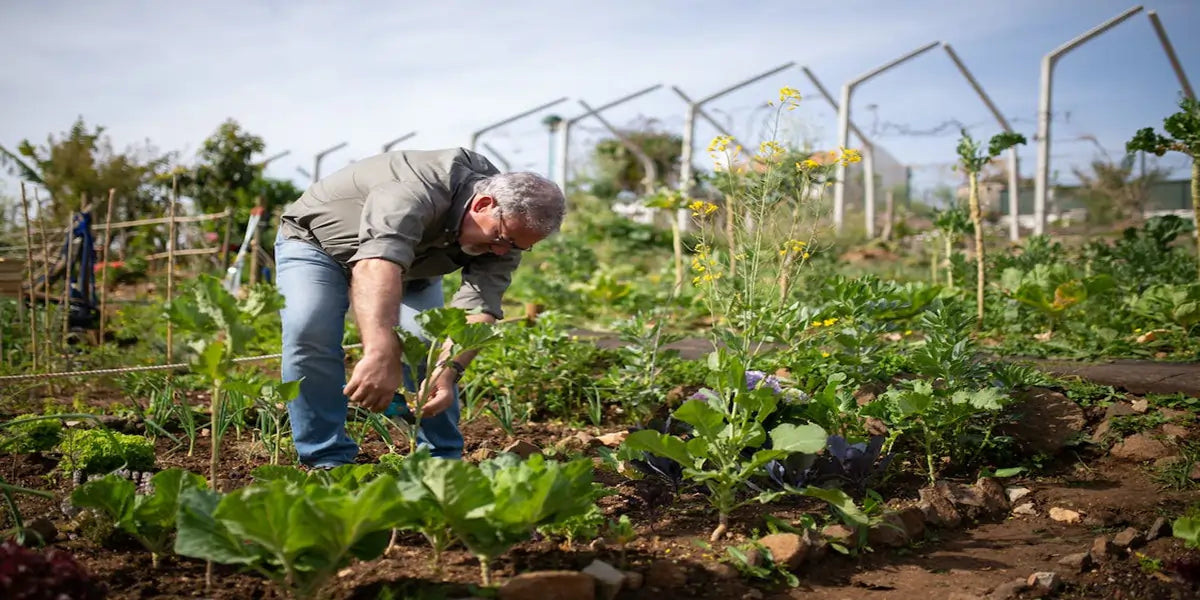Greenhouses are your go-to gardening tool for protecting your plants. There are many greenhouses on the market made from different materials. Plastic greenhouses are one of the most cost-effective types of backyard greenhouses.

(tunnel greenhouse)
Whether you are a novice or an experienced gardener, a plastic tunnel greenhouse will help you protect your plants in the fall.
Why choose plastic tunnel greenhouse
Plastic tunnel greenhouses can extend the growing period of plants by 3 to 9 weeks. You can buy a tunnel greenhouse online or make one yourself with a plastic greenhouse.
Usually, plastic tunnel greenhouses are cost-effective. Hoops and lids are the two main components of a tunnel greenhouse and these materials are low cost. Even a complete plastic greenhouse kit costs less than $300.
The principle of a plastic tunnel greenhouse is similar to that of a cold frame. The temperature inside a clear plastic tunnel greenhouse is affected by the sun and becomes warmer (5 to 20 degrees Fahrenheit higher than the outdoor temperature).
Plastic Tunnel Greenhouse Categories
Large Tunnel Greenhouses
Experienced gardeners make their plastic tunnel greenhouses suitable for their backyards. However, you may also choose to purchase a complete plastic tunnel greenhouse.
Quictent Plastic Tunnel Greenhouse
This is a 12' x 7' x 7' tunnel greenhouse. This tunnel greenhouse is ideal for your outdoor greenhouse. This plastic tunnel greenhouse features a good design. There are two large doors and multiple vents on both sides. You can open and close the vents as your plants need at each stage of growth.
(quictent tunnel greenhouse)
The frame of this tunnel greenhouse is made of heavy-duty steel poles that are sturdy and durable enough to withstand harsh weather. This greenhouse is available in two colors, green and white.
Make your small plastic greenhouse
To save even more, many gardeners choose to make their own plastic greenhouses. These plastic tunnel greenhouses are usually portable and smaller in size. These small plastic tunnel greenhouses are often used to protect vegetables and fruits in the fall and winter. Many materials can be used to make a mini plastic tunnel greenhouse, such as PVC conduit, metal conduit, polyethylene film, and shade cloth.
These mini tunnel greenhouses are often used in conjunction with garden beds. Experienced gardeners cover their garden beds with tunnel greenhouses to protect plants from pests, frost, and other natural elements during the fall and winter.
What do you need to know about making a plastic tunnel greenhouse?
What materials do you need?
Greenhouse covers made from different materials bring different results.
Row covers
This horticultural-specific fabric can be used to make greenhouse covers in a variety of sizes. This greenhouse cover protects crops from natural elements such as frost, high winds, rain, and snow.
Polyethylene film
This material can be found in flower markets and hardware stores. Polyethylene film is a durable, long-lasting material. Polyethylene film is perfect for year-round use and has a light transmission rate of about 90%.
Shade cloth
Shade cloth is a common gardening tool used during the summer months. Shade cloth is woven into different densities to block a certain percentage of sunlight.
Insect Barrier
This barrier keeps insects such as pumpkin bugs, cockroaches, and spiders away from your plants. Most insect barriers allow light to pass through.
How to make it?
Materials you'll need:
Wire or plastic tubing.
Polyethylene film or other greenhouse plastic.
Tools for reinforcement (stakes, sandbags)
Tape measure.
Electric drill or screwdriver
Scissors and hammer
Steps:
- Choose a well-lit and well-drained area in your backyard.
- Determine the length, width, and height of your greenhouse.
- Install the frame. Depending on your needs, you can choose PVC pipe or metal pipe for the frame.
- Determine the shape of the tunnel greenhouse. After installing the greenhouse frame you need to bend the PVC pipe or metal pipe to form a curved shape. Make sure that your greenhouse structure has an even curved shape.
- Install and secure the greenhouse cover. Lay the plastic sheet over the frame, making sure to cover the entire frame. Excess material can be left on either side of the frame for fixing.
- Use stakes, sandbags, or concrete blocks to securely fasten the greenhouse cover to the ground.
- Create good ventilation in the greenhouse. You can place vents, fans, or windows at appropriate locations.
- Check. After completing the installation steps, remember to check the greenhouse frame and greenhouse cover for any looseness. Make sure all connections are secure.
Mini tunnel greenhouse plant recommendations
What plants grow in a tunnel greenhouse is related to a variety of factors such as local climate, light, and gardening needs. You can't grow tall plants in a home mini greenhouse. However, you can still grow low-growing vegetables and fruits. We recommend the following crops that can perform well in a mini tunnel greenhouse.
Strawberries
Strawberries can be grown on balconies, terraces, gardens, and greenhouses. Strawberries are an easy plant to grow and ripen quickly. Garden beds are one of the ideal gardening tools for growing strawberries.

(strawberry)
Peppers
Chili peppers are one of the ideal crops to grow in a mini tunnel greenhouse. Chili peppers like warm conditions. Plant peppers in early fall and you can harvest them before winter frosts.
Tomatoes
Tomatoes are perfect for growing in a mini greenhouse. Tomatoes need plenty of light and warm temperatures to thrive. Tomatoes can be used in a variety of cuisines including stews, salads, pasta, and burgers.

(tomato)
Cilantro
Cilantro prefers cooler weather and is suitable for planting in early fall. Cilantro needs at least 6 hours of sunlight per day and well-drained soil.
Ginger
Ginger can grow well in a greenhouse or tunnel greenhouse. Ginger needs fertile soil, proper moisture, and plenty of light.
Cucumber
The cucumber is a trailing plant that can grow vertically in a tunnel greenhouse. Cucumbers need plenty of water and a trellis to grow.

(Cucumber)
Sweet Potato
Sweet potatoes thrive in cooler climates and are an attractive vine. Sweet potatoes are perfect for growing in a tunnel greenhouse.
Lettuce
Lettuce is a plant that can be grown year-round and is easy to grow. You can grow lettuce in a tunnel greenhouse and many other locations.
Conclusion
If you find greenhouse kits costly, consider a plastic tunnel greenhouse. Or you can build a tunnel greenhouse in your backyard. Not all plants are suitable for growing in this mini greenhouse, you need to choose the right crop. Wish you get the harvest!









